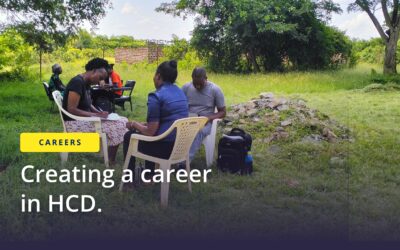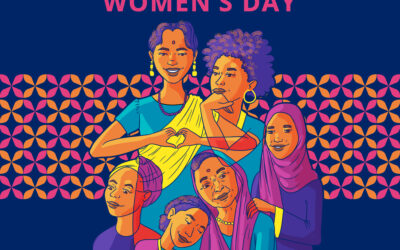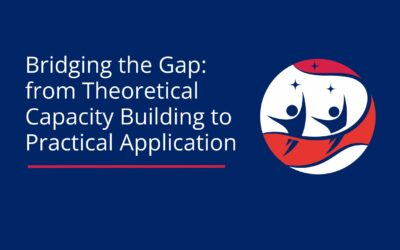Authors: Ndiilokelwa Nthengwe, communications associate for HCDExchange’s Youth Leadership Hub and Ipsa Agnani, monitoring, evaluation and learning associate for the HCDExchange’s Youth Leadership Hub.
During the month of June the HCDExchange held multiple discussions and events focused on breaking the cycle of sexual and gender-based violence (SGBV) among adolescents and youth. One of the events was a virtual town hall meeting held on Friday, June 19, 2020, from 5-6:30 PM (EAT) with over 90 global youth advocates from sub-Saharan Africa and South Asia.
The event commenced with a keynote speaker, Ms. Shana Peiffer, the director of child protection at Save the Children USA. Miss Shana presented the work that she does around how the cycle of SGBV can be broken amongst adolescents and youth.
After that very insightful presentation all of the participants were broken out into regional breakout sessions. These sessions were where youth from sub-Saharan Africa and South Asia in their respective regions had meaningful conversations, shared learnings and best practices, and curated evidence around the four key questions below:
- How can we ensure that all adolescents and youth irrespective of their backgrounds (social class, vulnerabilities, gender, age, etc) are meaningfully engaged in designing programs for SGBV?
- What innovative ways can young people employ in their respective societies (school, community) to break the cycle of SGBV among adolescents and youth?
- What role can young boys and young men play to break the cycle of SGBV among adolescents and youth?
- What is the current SGBV issue in your country that needs to be addressed? How would you propose to address this issue?
By listening to experiences from the different regions, it was evident that SGBV is a cycle that permeates in all the spaces that young people occupy right from their own homes and schools to the larger society. Due to COVID-19 lockdowns in different parts of the world, SGBV has significantly increased, giving survivors little recourse. Survivors are often stuck in homes with family members who abuse them, and they lack spaces to openly talk about the violence that they are suffering.
To break the silence around SGBV, the participants noted that time and location are key to addressing the stigma. Introducing sex education at a young age and normalizing discussions around taboo topics with those in their close circles, like friends and family, are some points where we can start.
Normalizing open conversation, especially with young men and boys, was highlighted as a necessary part of breaking the cycle of SGBV and opening avenues of talking to other key actors in society such as health workers, religious leaders, governments, and policymakers, each of whom can contribute towards negating stigma and challenging victim-blaming.
Many innovative channels of addressing SGBV among young people were suggested, with a special focus on the arts. Use of poetry, films, social media, and theatre to facilitate better awareness, processing of emotions, learning, and unlearning was recognized as key. Participants further encouraged the centering of creative entrepreneurship to establish trust and communication among young people to effectively challenge SGBV.
In conclusion, in order to truly break the cycle of SGBV among adolescents and youth we must embody an approach that is radical, inclusive, adolescent and youth-centered, and creative.




